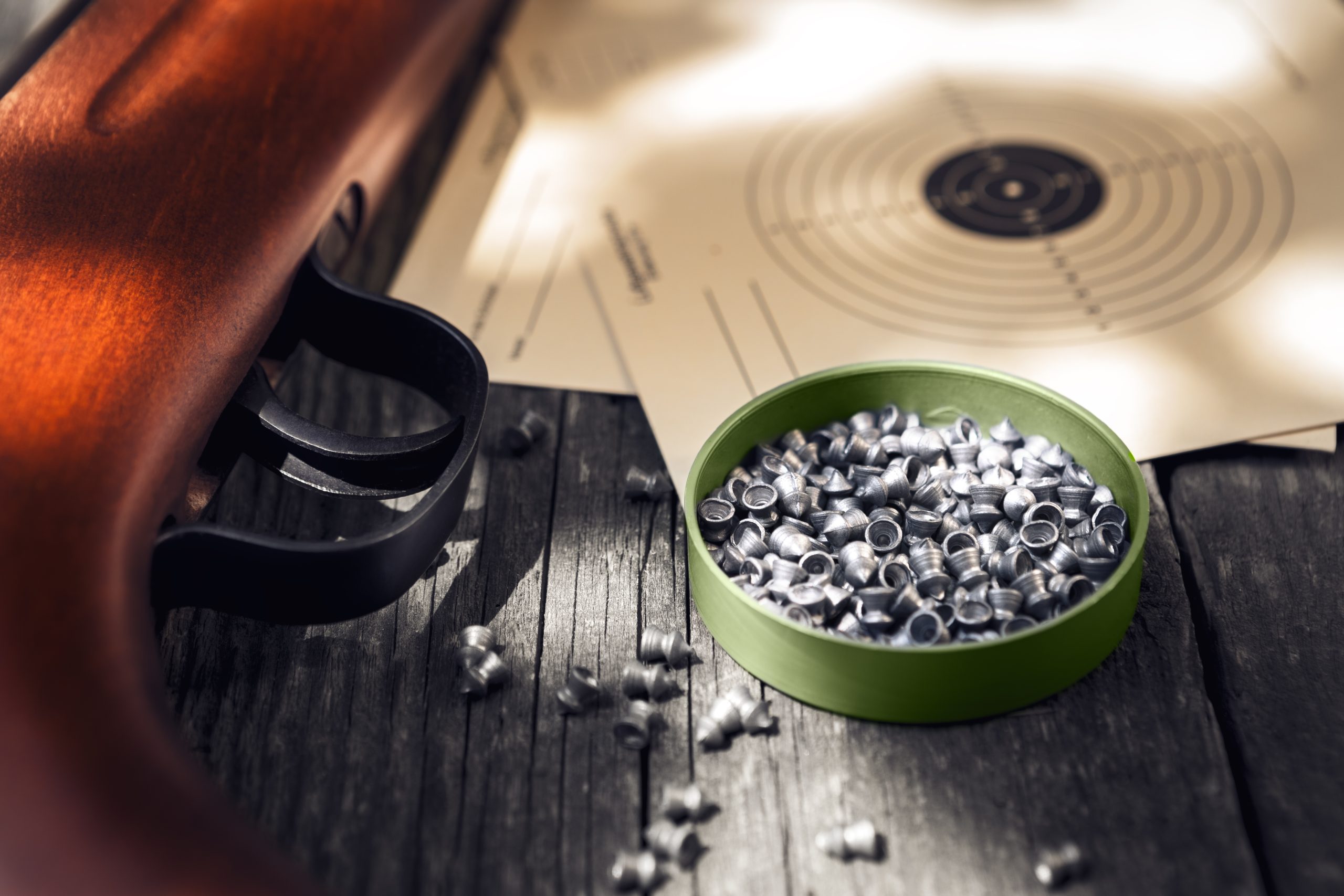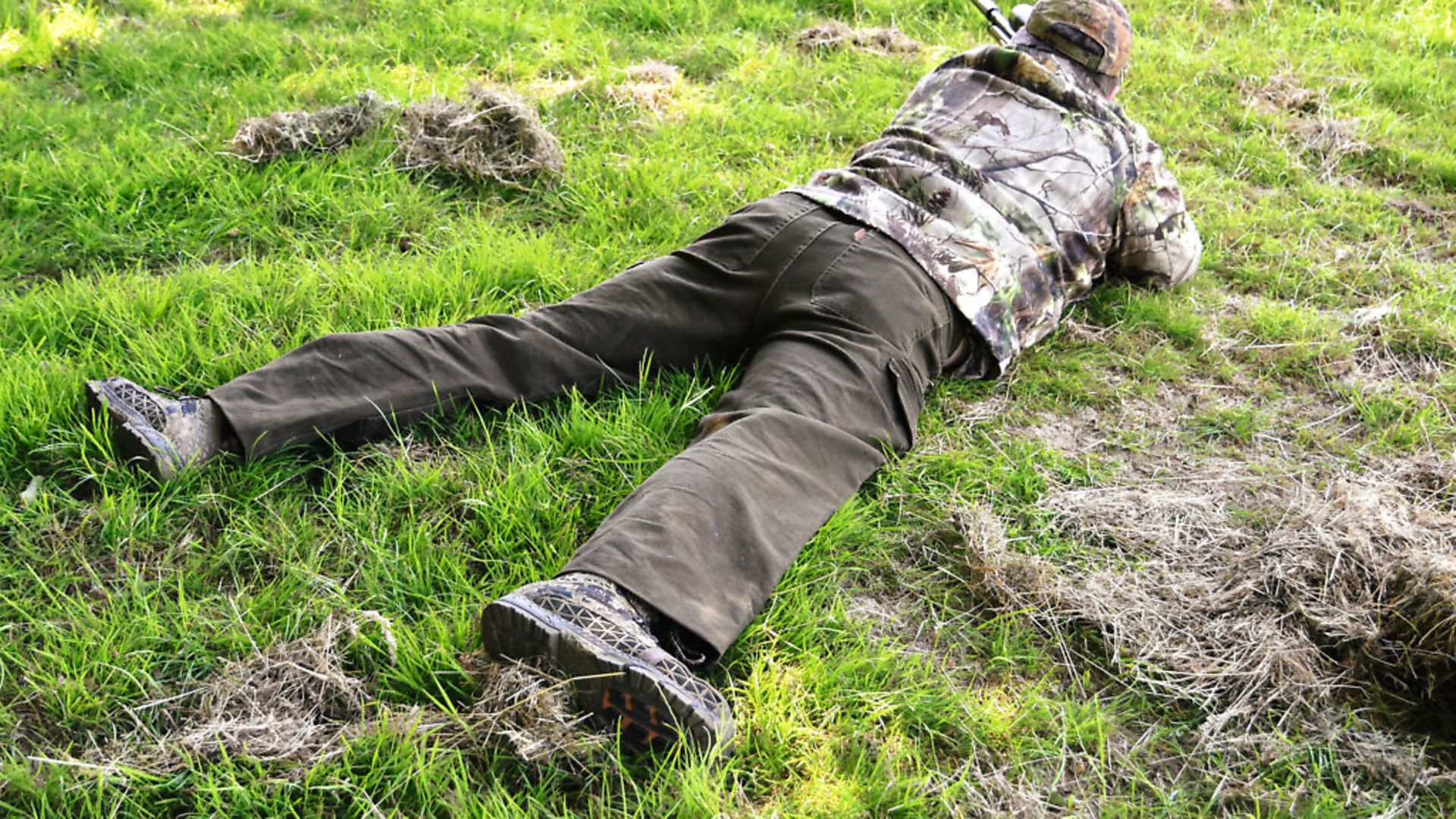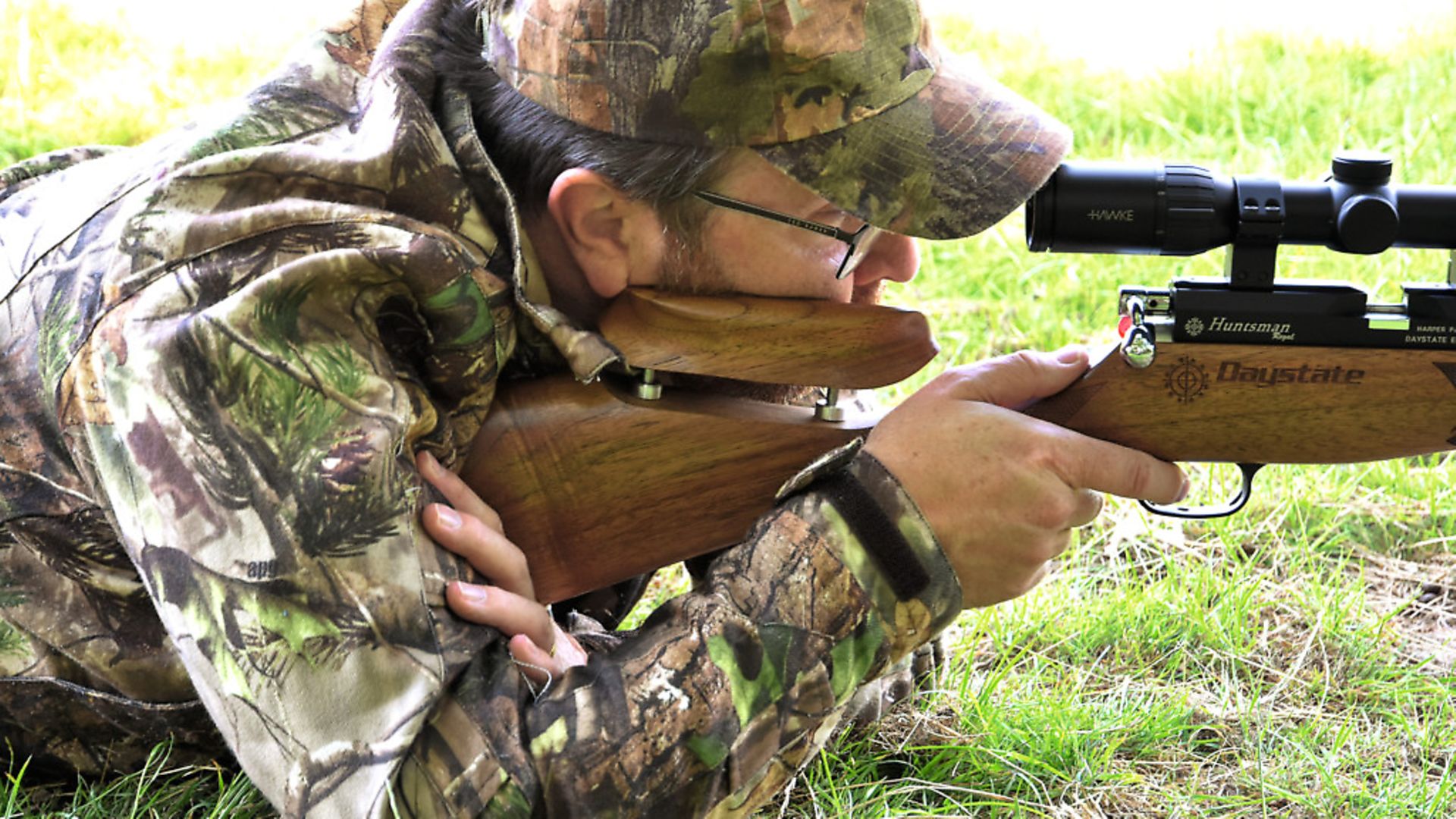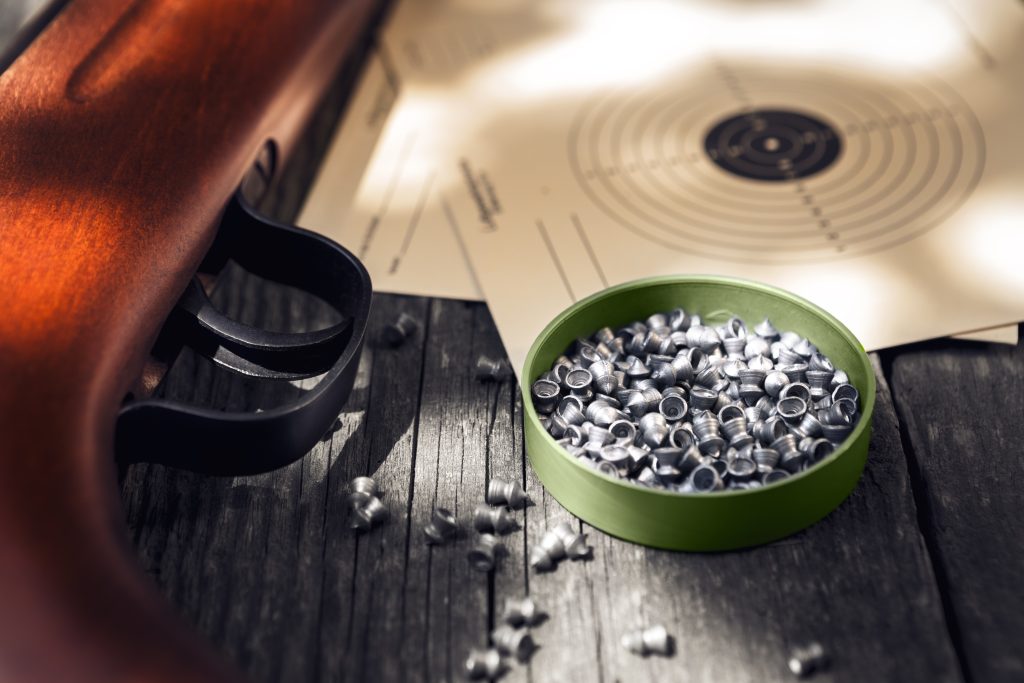News
Why you should try shooting in the prone position
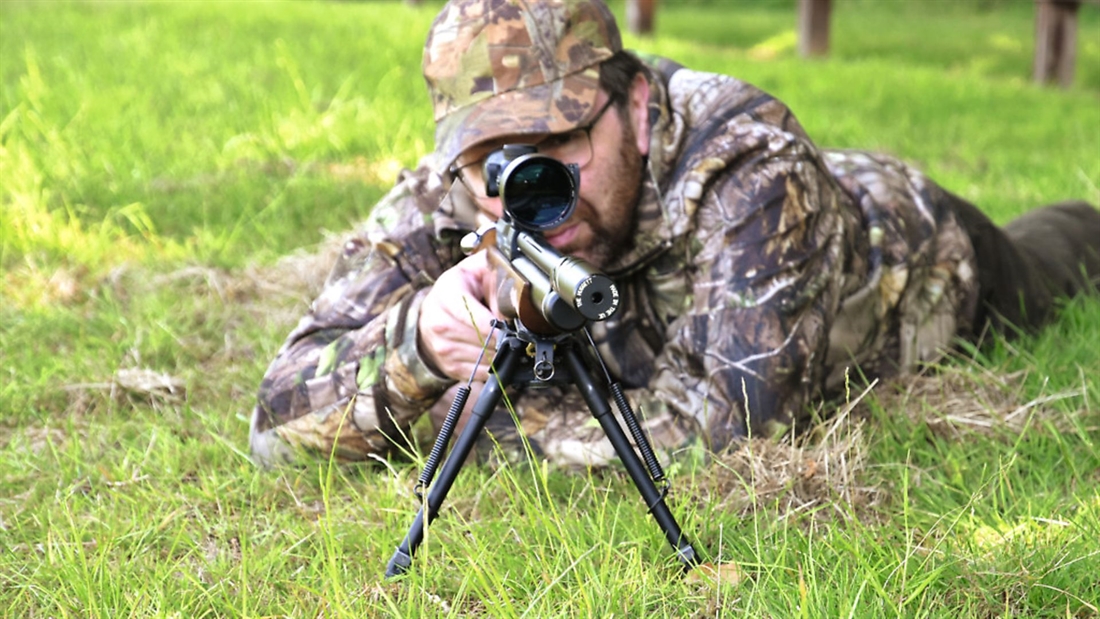
Sometimes getting down on your belly is what you have to do, says the editor
With the summer upon us, those hunters who are lucky enough to have plenty of rabbits will be keen to get out onto pastureland in the hope of a good rabbit dinner. In areas that are heavily grazed, cover can be hard to come by and sometimes the only way to be within shooting range is to get down on your belly and take shots prone. There was a time when I found that easy, but these days it needs a little thought. I like to prepare by first checking the wind direction to ensure that my scent isn’t being carried toward the warren. Then I find it’s best to walk into a field and let the rabbits see me and go down into their burrows. Whilst they’re out of sight, I can get everything ready and use my rangefinder to establish a radius I know I can shoot in effectively from that position. Next, I fit a bipod with adjustable legs that offers flexibility to my shooting spot and I also choose clothing that will protect me from whatever I’ll be lying on, such as thick trousers and a proper coat.
Shooting prone requires a degree of flexibility in the shoulders and neck that allows us to hold the rifle correctly and get our full sight picture through the scope. It also needs to be comfortable enough so that we can stay on aim if the rabbits move about whilst we’re trying to take perfect shot. It’s worth practising this at home to find out what works for you, rather than arriving in the field to find out something’s not right.
Pain in the neck
Pictures are always better than words to describe shooting positions, but I’ll mention a few things that work for me. With the rifle on its bipod, I find my quarry in the scope and then get the basic sight picture. I use my left hand under the toe of the butt pad for another point of contact that will add considerable stability to my aim. Next, I focus on becoming aware of any unwanted tension or discomfort in my body, and try to find ways of eliminating it. The rifle should remain on aim without any muscle strength being used to guide it. If you’re straining to get onto the rabbit’s kill zone, there’s a good chance that you’ll end up pulling the shot. I prefer to let a shot pass rather than risk wounding, and if the rabbits don’t know you’re there, you often have plenty of time to get comfortable and steady, so don’t be tempted to rush. If I stay on aim too long I get a terrible pain in my neck, in which case I relax and rest until I can get comfortable again before trying for a shot.
Get comfortable
The bipod I use is a clone of the classic Harris model, made by Buffalo River and imported by Highland Outdoors. It’s solidly built and has a mount that can be canted to allow for the inevitable uneven ground we’re going to be shooting from. It also has adjustable length legs that extend from 9” to 14”, which I find a very practical range. They offer longer and shorter options as well. The rubber feet work on everything from soft soil to concrete, so I have no complaints about them and they seem to be very durable showing almost no sign of wear.
There is much debate about what the angle your body should be relative to the rifle, but I believe you have to find out what works for you. Some people lie at quite an offset to get comfortable, whilst others prefer to be almost in line with it. Only experimentation and practice will show you what your body needs. I lie at just a small offset because that’s where I’m comfortable.
Plan your position
Unsurprisingly, being prone places your head in a different position on the cheek piece, compared to shooting standing, and it can be tricky to get the full sight picture. Dropping the magnification a little can help this on some scopes by offering a slightly bigger eye box.
Shooting from prone has other benefits besides helping us to remain unseen. Firstly, once you get the knack, it’s a very stable way to shoot and can produce top-class accuracy. Also, the lower to the ground you are the less your pellet’s flight is affected by the wind, which can also help accuracy. However, there are drawbacks. If there’s even the slightest rise if the ground between you and the rabbit it could well obscure your shot, and any vegetation might get in your way, too. It can be really frustrating when you can see your quarry from the sitting position, but cannot take the shot prone. The obvious answer to this is to plan your position carefully as you begin.
Prone shooting isn’t for everybody, but I recommend trying it out. Taking some time to practise away from the hunting fields will tell you if it can become another skill you can add to your set, and perhaps put a few more rabbits in the bag this year.
__________________________________________________
Choosing the perfect gun for hunting
Related articles
Air rifles
News
Air rifles stolen from Polowood Shooting Ground
Polowood Shooting Ground has been hit by a raid, with thieves stealing around £30,000 worth of equipment, including air rifles
By Time Well Spent
News
Airgun shooters dodge lead ban
While shotgun and rifle shooters face switching to non-lead alternatives, the airgun community can carry on exactly as before
By Time Well Spent
Manage Consent
To provide the best experiences, we use technologies like cookies to store and/or access device information. Consenting to these technologies will allow us to process data such as browsing behavior or unique IDs on this site. Not consenting or withdrawing consent, may adversely affect certain features and functions.
Functional Always active
The technical storage or access is strictly necessary for the legitimate purpose of enabling the use of a specific service explicitly requested by the subscriber or user, or for the sole purpose of carrying out the transmission of a communication over an electronic communications network.
Preferences
The technical storage or access is necessary for the legitimate purpose of storing preferences that are not requested by the subscriber or user.
Statistics
The technical storage or access that is used exclusively for statistical purposes.
The technical storage or access that is used exclusively for anonymous statistical purposes. Without a subpoena, voluntary compliance on the part of your Internet Service Provider, or additional records from a third party, information stored or retrieved for this purpose alone cannot usually be used to identify you.
Marketing
The technical storage or access is required to create user profiles to send advertising, or to track the user on a website or across several websites for similar marketing purposes.



